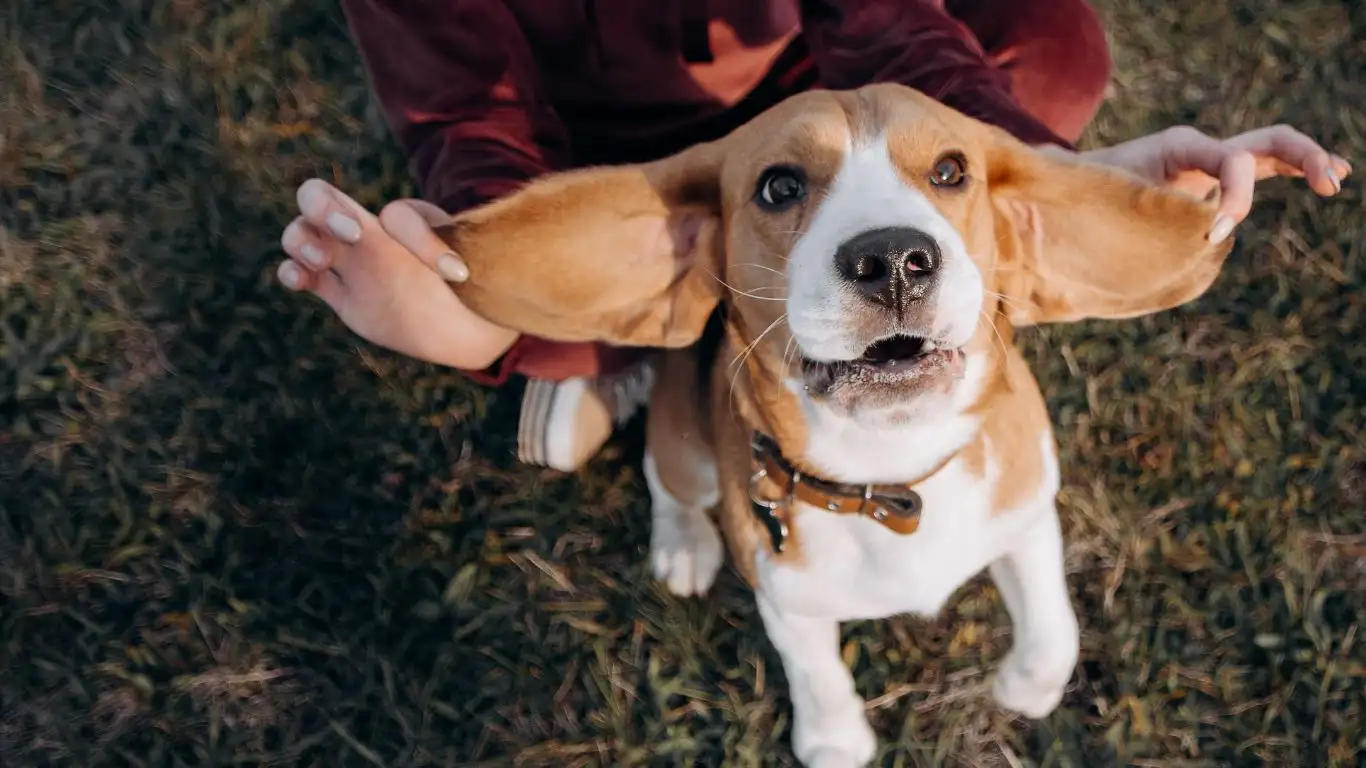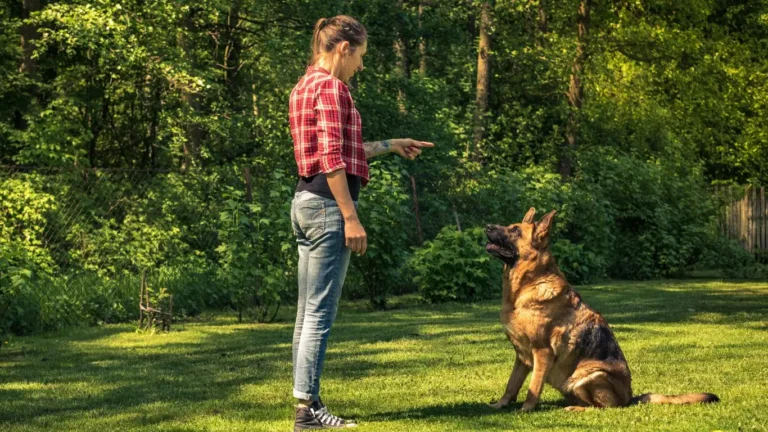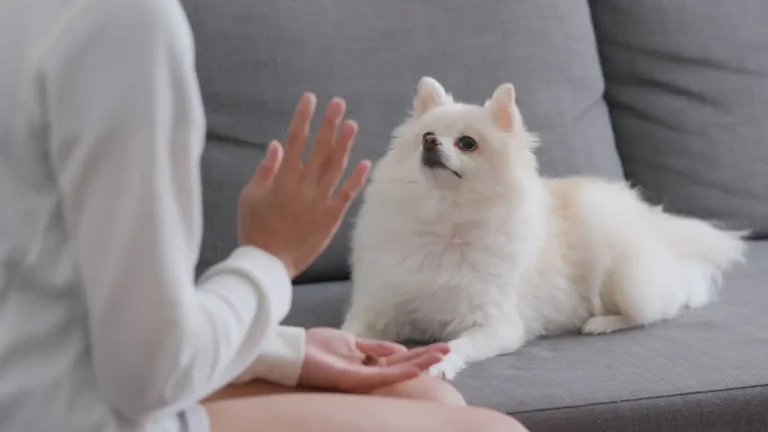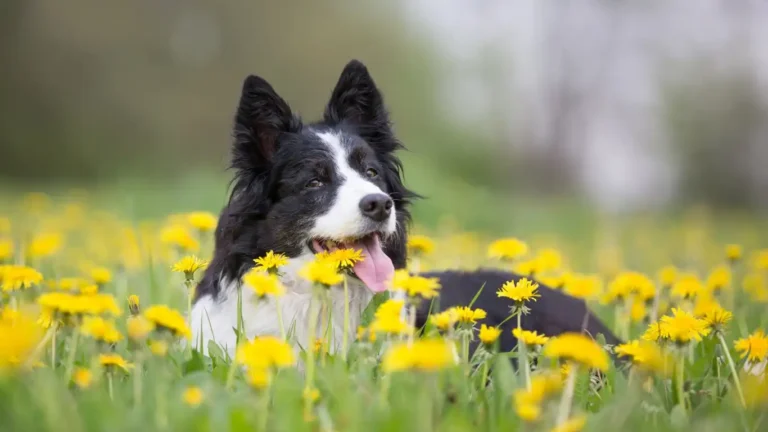Teach Your Dog to Wait for Affection Calmly and Respectfully
Understanding the Importance of Waiting for Affection
Training a dog to wait for affection politely isn’t just about good manners. It’s about building trust, emotional regulation, and mutual respect between a dog and their human companion. When a dog learns to pause before receiving attention, it sets the tone for healthier boundaries and a calmer household.
This kind of training encourages self-control, which can carry over into other areas like leash walking, greeting guests, and playtime. More than anything, it supports a deeper connection rooted in mutual understanding.
Signs and Symptoms of Impatient Affection-Seeking
Dogs often seek love through physical contact—but sometimes that desire becomes pushy or demanding. Recognizing the signs of impatience is the first step toward reshaping the behavior.
- Jumping up on people to get attention
- Pawing at you persistently
- Whining or barking when affection is withheld
- Nudging hands or arms with their nose
- Following closely or blocking your path
While these behaviors may seem harmless at first, they can escalate over time if not gently redirected. A polite wait is safer and more comfortable for both parties—especially around children, older adults, or guests who may not welcome close contact.
Causes Behind the Behavior
Affection-seeking is natural for dogs. It’s part of their social behavior, shaped by genetics and early experiences. However, several underlying causes can make this need feel more urgent or overwhelming to the dog.
- Lack of boundaries: Dogs without structure often default to trial-and-error behaviors to get what they want.
- Reinforced habits: If a dog receives attention every time it jumps up or whines, the behavior becomes a pattern.
- Anxiety or insecurity: Dogs who feel unsure may seek frequent reassurance through physical touch.
- High energy levels: Energetic dogs may struggle more with impulse control.
Understanding the “why” behind the behavior makes it easier to choose an approach that is kind, consistent, and effective.
When to Get Help
In most cases, teaching a dog to wait for affection can be handled at home with time and patience. But if the behavior feels persistent, overwhelming, or is tied to deeper emotional issues, it may be time to seek support.
- The dog becomes anxious or distressed when ignored
- Growling or resource guarding appears when affection is delayed
- Attempts to control human movement or space
- Signs of separation anxiety, like destructive chewing or excessive barking
A certified dog trainer or veterinary behaviorist can assess the behavior and guide you with a personalized plan. Early support can prevent more serious behavior issues from developing.
Treatment: Training Steps to Teach Polite Waiting
Training should be gentle, respectful, and consistent. The goal isn’t to punish the dog for seeking affection, but to teach a better way of asking for it. These steps can help create a calm pattern of behavior.
Step 1: Establish Calm as the Starting Point
Only offer affection when your dog is calm and composed. This might mean waiting for all four paws to be on the floor or for the dog to sit quietly. Avoid petting or talking when your dog is jumping, barking, or pawing at you.
Step 2: Use a Cue Word
Choose a word like “wait” or “pause” and say it gently when the dog begins to seek attention. Over time, this word will act as a signal that affection is coming—but only after a moment of calm.
Step 3: Reward the Pause
As soon as your dog waits quietly, offer gentle praise or affection. Be consistent. The dog learns that politeness leads to the outcome they want. This also teaches patience, which can be applied in other situations like feeding time or going outdoors.
Step 4: Practice in Short Sessions
Work on this training in brief, daily sessions. Keep things low-pressure. Studies have shown that short, regular practice helps dogs retain new behaviors more effectively than occasional, lengthy sessions.
Step 5: Be Mindful of Your Own Signals
Sometimes, humans unintentionally reward demanding behavior. Be aware of when you reach out to pet your dog. If they are jumping or whining and you respond with touch, that moment becomes reinforcing. Instead, wait for calm, then engage.
Emotional Considerations
Training isn’t just about behavior. It’s also about emotion. A dog who is used to constant touch may feel confused or sad when the rules change. That’s okay. The adjustment period is part of learning.
Offer reassurance through your tone of voice, daily routines, and positive reinforcement. Avoid harsh corrections. Your dog is learning a new social language, and that takes time.
Setting Your Dog Up for Success
Supporting polite behavior isn’t just about training moments. It also means setting up a life where your dog’s needs are consistently met. This helps reduce the emotional urgency behind demanding affection.
- Make sure your dog gets enough physical exercise each day
- Offer mental stimulation through toys, sniff walks, or puzzle games
- Create quiet rest areas where the dog can relax
- Stick to predictable routines that build confidence
When a dog feels fulfilled and secure, the need for constant reassurance often fades. That makes polite waiting feel more natural and less like a challenge.
When Progress Feels Slow
Every dog learns at their own pace. Some may grasp the concept quickly, while others need more repetition. That’s not a reflection of intelligence—it’s simply part of the learning curve.
If you find yourself feeling frustrated, take a step back. A few deep breaths, a break from training, or a change in strategy can make all the difference. Your dog can feel your energy. Keep it gentle, even when you’re tired.
Final Thoughts
Training a dog to wait for affection politely is a quiet, steady journey. It’s built on trust, communication, and emotional awareness. With time and practice, most dogs come to appreciate the structure—and even find comfort in knowing what’s expected.
If the behavior remains challenging or feels tied to deeper emotional needs, reach out to a professional. Their guidance can bring clarity and relief for both you and your dog. After all, the goal is a calm, loving bond—not just obedience, but understanding.






